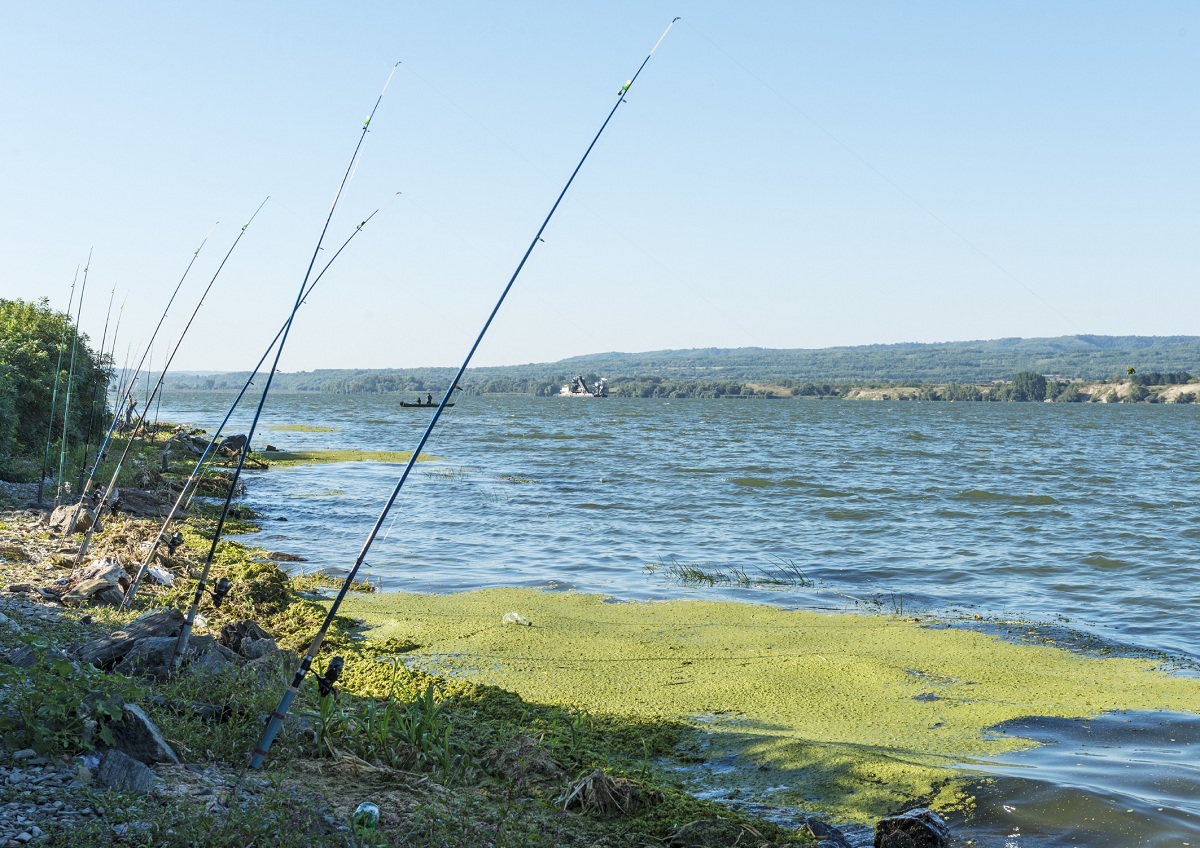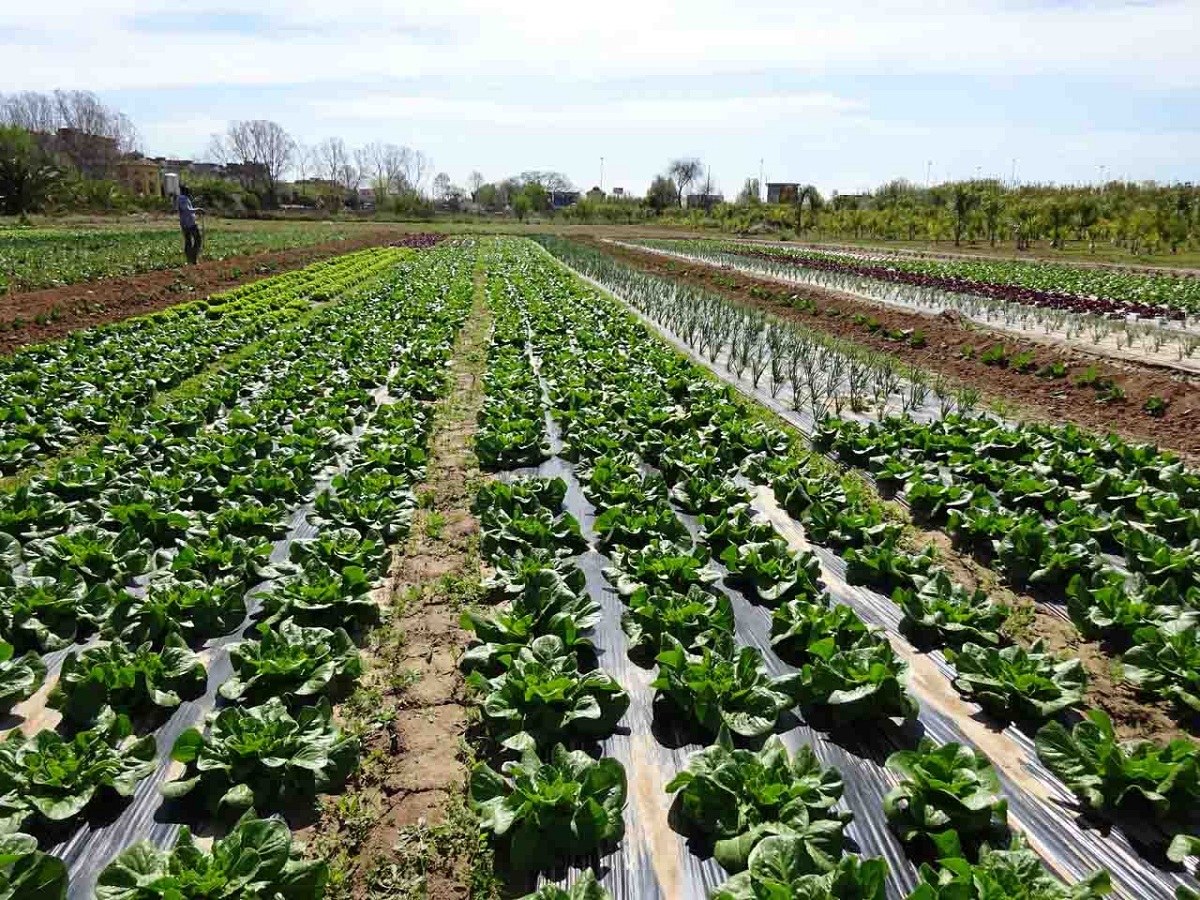
When we talk about pollution of our planet we know that there are different types of sources of environmental pollution. Today we are going to focus on the chemical contamination. There are also those who speak of the concept of chemical risk. Chemical pollution was one of the consequences of global environmental problems that attacked, above all, developed countries.
In this article we are going to tell you about the characteristics, causes, consequences and possible solutions of chemical contamination.
Key features

Chemical pollution is nothing more than the ability of certain elements and substances, which come from industrial uses, to be able to enter other compounds, organic tissues and ecosystems and cause changes in them. These changes are often unpredictable and toxic or fatal. These changes come from the uncontrolled chemical reactions that take place when these elements are introduced into ecosystems.
You could say that almost all types of pollution that exist have a chemical basis. In other words, all contaminations are the introduction of a harmful substance into an environment from which they are alien. The problem of pollution is not the effect itself, but it is also very complex to extract these substances from their environment. In the case of exclusive chemical contamination, we can distinguish from other contaminations in that its elements come directly from the chemical industry. All these elements constitute toxic and dangerous substances both for human beings and for other living beings.
The main source of chemical contamination comes from the chemical industry. In a natural way it can be due to volcanic activity. Over the years, terrestrial ecosystems have suffered the introduction of various harmful chemical elements due to volcanic activity. However, this is part of the earth's cycle. Many of these elements have come to make the Earth's atmosphere gaseous as we know it today.
What we cannot allow is the rate at which chemical pollution is affecting human health and the planet's climate. In just a blink of the history of the planet, which is what humans are on earth, altered the balance of ecosystems in such a way that it has become something radical.
Causes of chemical contamination
Most of the causes of chemical contamination are human. There are numerous dumping points for toxic chemical materials that are generated in chemical industries. The problem is that the frequency of these spill events is faster than nature has time to recover. ANDThis is what causes serious ecological damage.
The substances that human beings pour into the air, water and soil are quite abundant and difficult to eliminate. This makes it harmful in the medium and long term. For example, industries produce large indiscriminate discharges of sewage or gases and toxic substances into rivers and air. The seas are also polluted not only from large factories but also from plastic waste. Automobile exhausts and the production of products that are not discarded are the most prevalent in urban environments.
Consequences of chemical contamination

We must bear in mind that all these causes produce other negative effects on the health of people and natural ecosystems. A well-known consequence is acid rain. Other negative consequences that chemical contamination can have are the following:
- High levels of toxicity: toxicity both in humans and in nature can cause massive species death even at the microscopic level. This causes an imbalance in the balance of the food chain of a given ecosystem, causing biodiversity to decline.
- Chronic diseases: cancer, respiratory failure, skin damage, etc. they are immediate and long-term consequences of chemical contamination in humans as well as in animals and plants.
- Unpredictable chemical reactions: These chemical reactions that we are going to name at the beginning of the article are those that occur when various chemical substances are introduced in meteorological and climatic cycles. These substances are the ones that cause unexpected reactions that give rise to negative meteorological phenomena such as acid rain.
- Biochemical accumulation: As we have mentioned before, one of the great problems of chemical contamination is the difficulty of extracting these chemical elements in the new environment. Therefore, certain pollutants have the ability to be stored in the body of living beings and travel to itself gave rise to another as one animal devours another. This is how eventually our own food arrives to enter our body and cause us diseases.
How to prevent and fix it
Clearly we have to do something about this against chemical pollution. There are several firm measures on the part of societies to be able to reduce the amount of harmful materials that are dumped into the environment on a continuous basis. Because, individually, we cannot do too much, more stringent government controls are needed for the chemical, petrochemical and steel industries. All these industries are the ones that must have a better management of wastewater, vapors and waste that are discharged into our ecosystems.
Another way to reduce chemical pollution is to promote exemplary punishments for all those who cause environmental damage through the irresponsible use of these substances. Banning the marketing of chemical products that contain harmful elements can help reduce such contamination. The sale and consumption of greener and healthier alternatives or recycling strategies should also be promoted so that the products do not end up damaging the environment.
Another measure to take into account is the prohibition of a more effective control of toxins in the field of agriculture. Let's not forget that crops end up being part of the diet of most people.
Hazardous Materials Recycling Systems they should be a good tool for managing solid urban waste. In other words, at the level of chemical waste production in urban centers, batteries, empty aerosol containers, medicines, etc. must be treated. An uninformed population is the worst weapon. To do this, various awareness campaigns must be carried out so that the population understands the risks posed by chemical contamination.
I hope that with this information you can learn more about chemical contamination.

